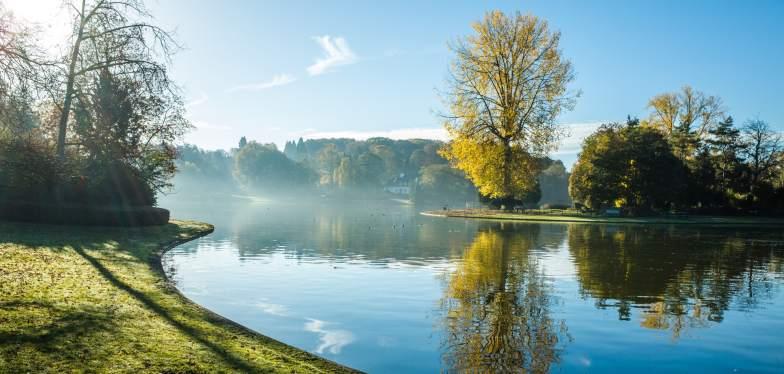Did you know that Brussels has many parks?

The idea of creating public gardens in large cities dates back to the 18th century. Thus, the Brussels Park dates back to the year 1775, but it would have undergone numerous changes since its debut. The goal is to aerate the city while offering green, recreational spaces to urban residents who do not have the means of luxury for a private garden. The Bois de la Cambre, the capital's largest park, was designed in a landlocked section of the city in the Sonian Forest in 1862. The park was developed in an English style which, contrary to the rectangular structure of the French style, imitates nature and is a characterised by an irregularity in planting and walkways. This space quickly became a fashionable meeting place amongst Brussels residents. In particular, it was home to a dairy, a velodrome, a theatre, an artificial lake, a racetrack and walks for horse riders.
Throughout the 19th century and at the start of the 20th century, a large number of landscaped gardens were created. The characteristics of this type of creation are: vast spaces, the presence of exotic plants, artificial rocks and grottos made of reinforced concrete, faux wood fixtures - bridges, arbours - and ponds. The parks in the Woluwe Valley are a particularly good example. The source of this Senne tributary is in the Sonian Forest at Watermael-Boitsfort. The Woluwe crosses Boitsfort and its ponds and runs the length of the Boulevard du Souverain through the Park of Leybeek and Ten Reuken Park. In Auderghem, it crosses Seny Park, feeds into Mellaerts ponds and those of Woluwe Park at Woluwe-Saint-Pierre, and continues down the length of the Boulevard de la Woluwe toward Woluwe-Saint-Lambert, there running through countless green spaces. Next, it runs through the Kraainem and Sint-Stevens-Woluwe municipalities in the Flemish Brabant province.
Contemporary parks are smaller in dimensions, but their playful aspect is still present, specifically with games for children.